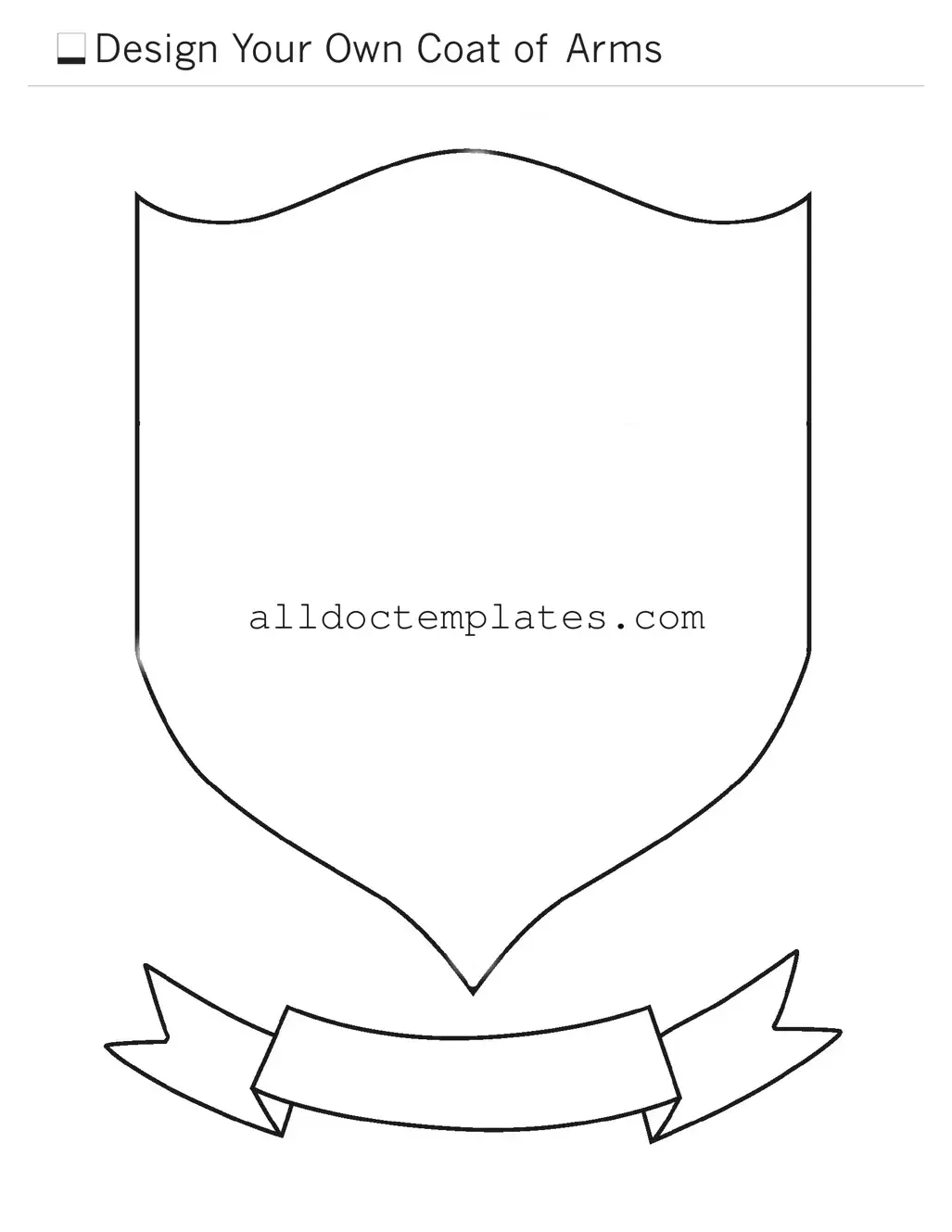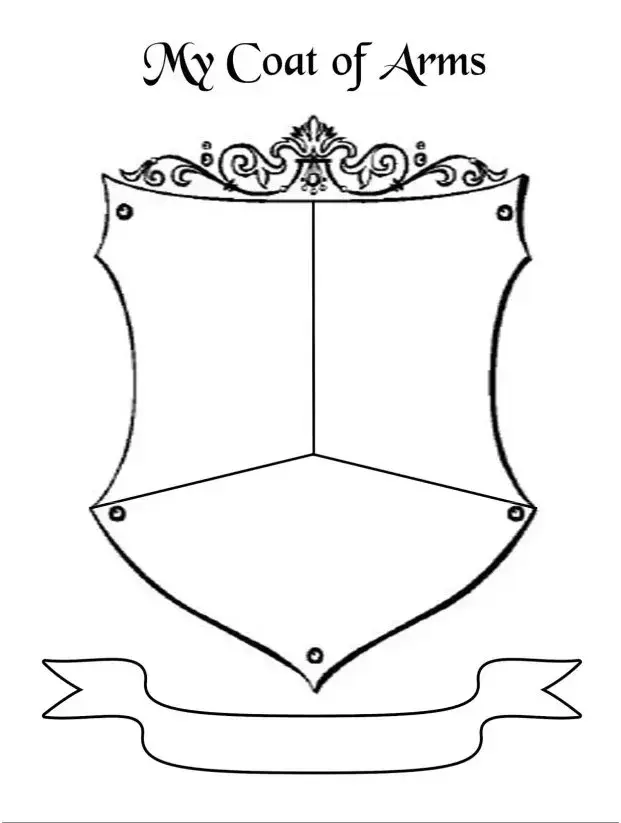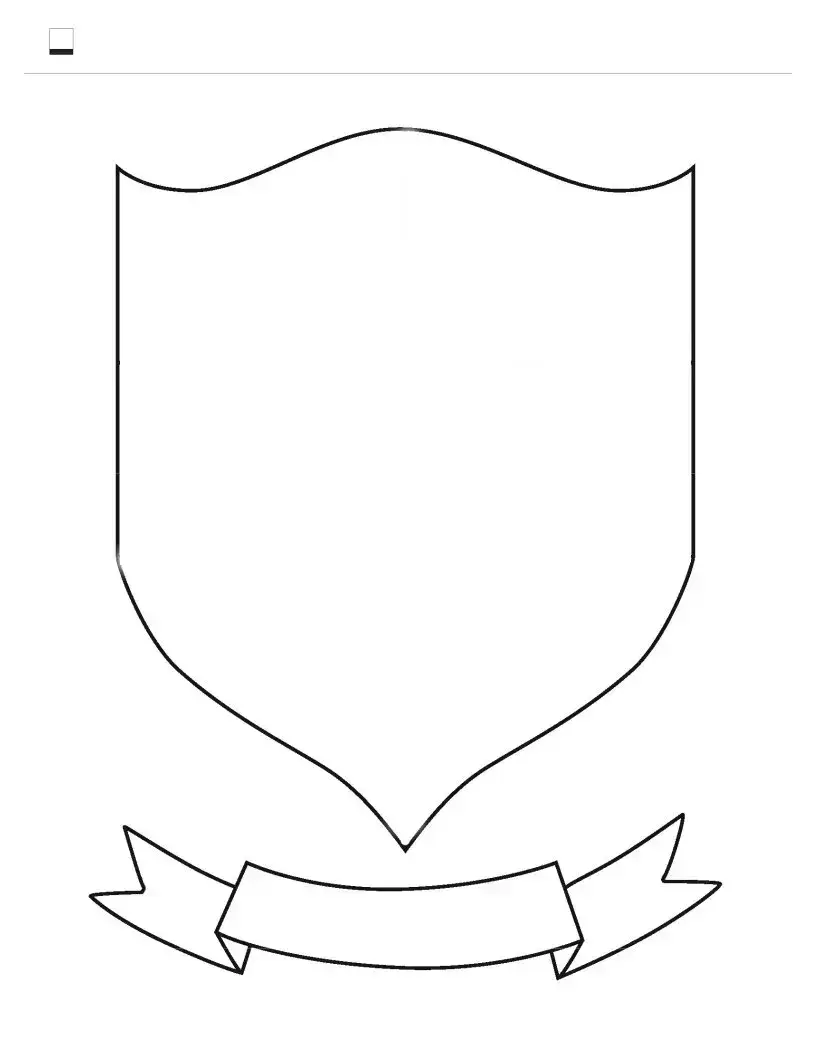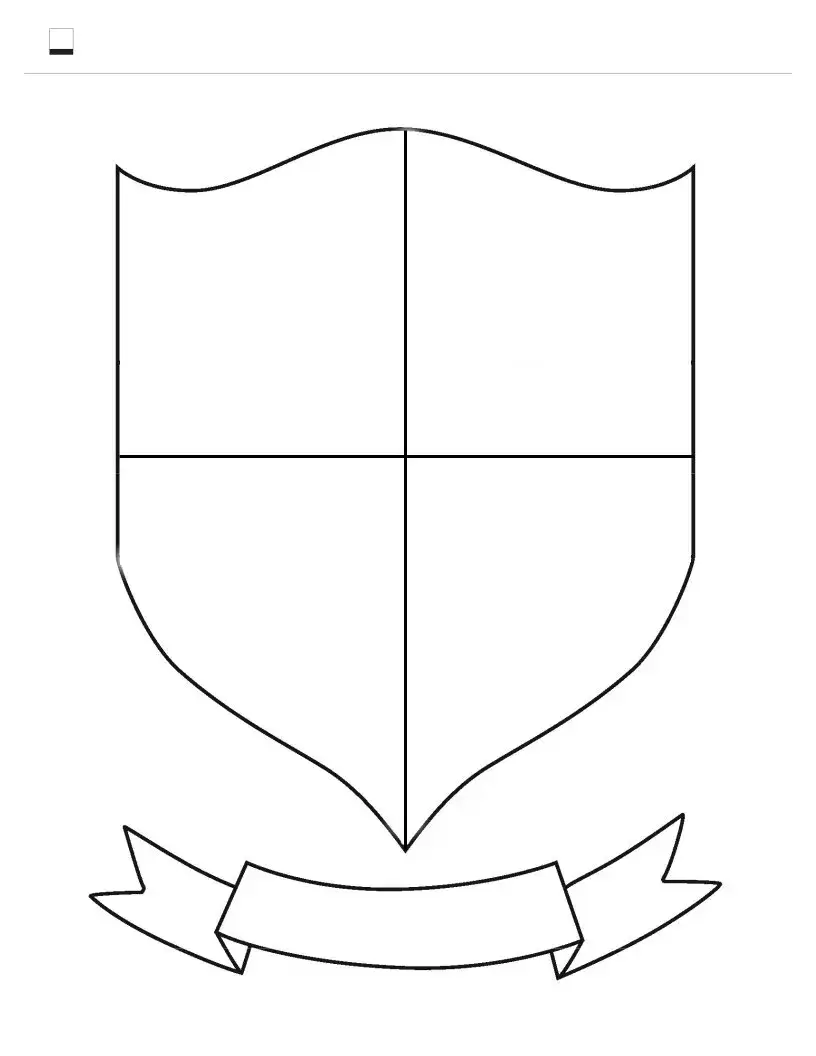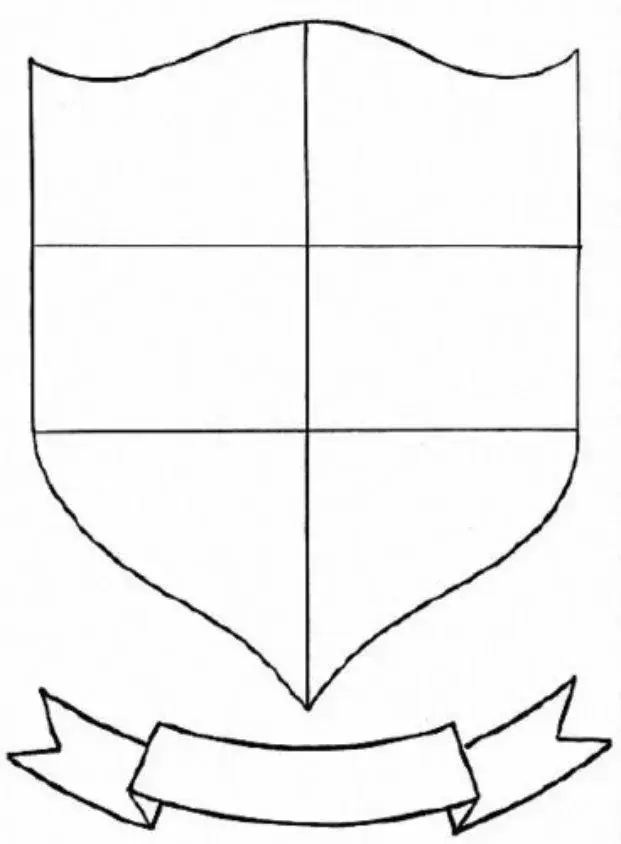Fill in a Valid Coat Of Arms Form
The Coat of Arms form is an official document used to request the creation or registration of a coat of arms, a unique heraldic symbol representing an individual, family, or organization. This form serves as a vital step in preserving the identity and heritage associated with heraldry. Understanding the purpose and process of this form can help individuals navigate the often intricate world of heraldic representation.
Get Your Form Now
